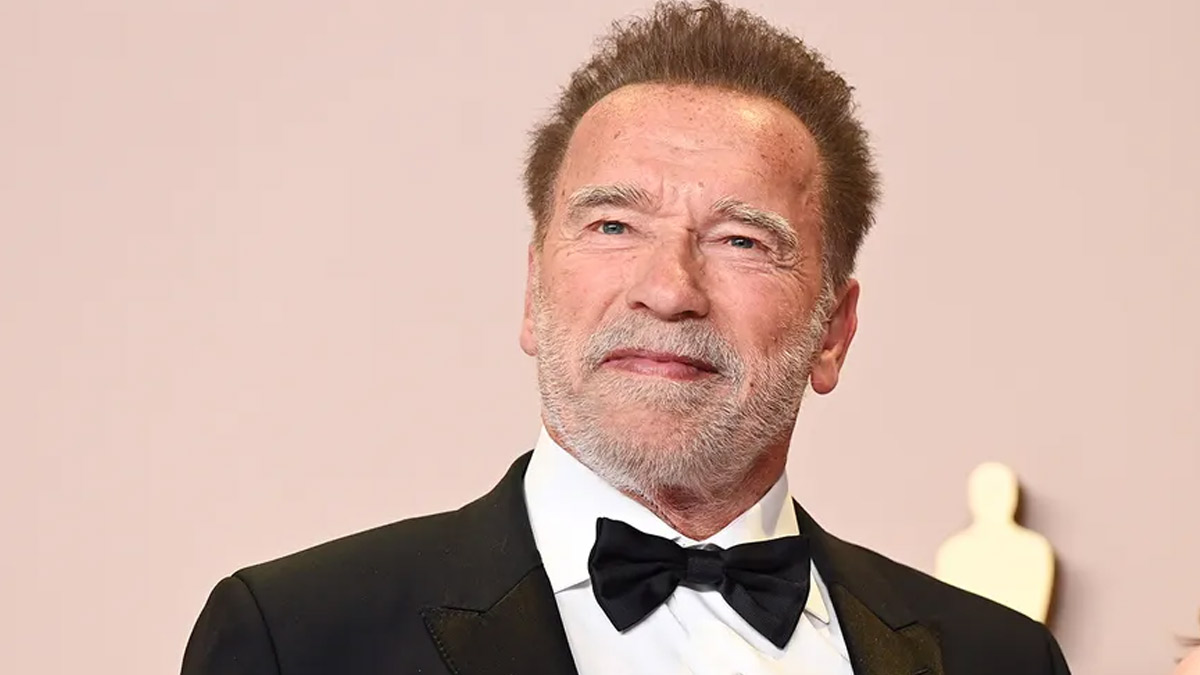
In a candid revelation on his podcast, Arnold's Pump Club, iconic actor and former governor Arnold Schwarzenegger recently shared a deeply personal journey: his recent pacemaker surgery. This disclosure not only unveils a significant chapter in Schwarzenegger's health journey but also shines a spotlight on the critical role of pacemakers in managing cardiac conditions. From regulating heart rhythms to preventing life-threatening complications, pacemakers serve as indispensable guardians of heart health. But what exactly are pacemakers, and how do they function? Let’s delve into the intricate world of pacemakers, exploring their mechanisms, the conditions they treat, the different types available, and the potential benefits and complications associated with these life-saving devices.
Table of Content:-
Understanding Pacemakers: How They Work and What They Treat
Pacemakers, as explained by Dr Zakia Khan, Senior Consultant, Interventional Cardiology, Fortis Hospital, Kalyan, serve as implantable devices meticulously designed to regulate the heart's electrical system. By emitting controlled electrical impulses, pacemakers correct abnormalities in heart rhythms, ensuring proper blood circulation and mitigating life-threatening complications. They are indispensable in treating various conditions such as heart arrhythmias, disruptions in the heart's electrical system, heart failure, and a history of heart attack.
Also Read: Boney Kapoor Opens Up About His Weight Loss Transformation; Here’s The Secret Behind It
Recognizing Signs and Symptoms: Do You Need a Pacemaker?
Identifying symptoms indicative of a potential need for a pacemaker is crucial for timely intervention. These symptoms may encompass chest pain (angina), abnormal heartbeat rhythms (tachycardia or bradycardia), irregular heartbeat (arrhythmia), heart palpitations, shortness of breath, dizziness or lightheadedness, confusion, and swelling in the extremities. Consulting a healthcare provider for proper evaluation and diagnosis is imperative.

Exploring Different Types of Pacemakers
Pacemakers are available in diverse types, meticulously tailored to address specific heart conditions and individual needs. Options include leadless pacemakers, single-chamber pacemakers, dual-chamber pacemakers, and biventricular pacemakers (also known as cardiac resynchronization therapy). Each type employs distinct configurations of wires (leads) to deliver electrical impulses to the heart chambers, catering to varying medical requirements.
Benefits and Complications: What to Expect
Pacemakers offer a plethora of benefits, ranging from alleviating symptoms associated with heart rhythm disorders to preventing fainting episodes and potentially saving lives by averting cardiac arrest. Although complications are infrequent, potential risks encompass allergic reactions, blood clots, device malfunctions, external interference, unexpected heart rhythm issues, and surgical complications. Nonetheless, continuous advancements in pacemaker technology have notably mitigated these risks over time.
Life Expectancy and Pacemakers: What You Should Know
The life expectancy of individuals with pacemakers hinges on multifaceted factors such as age, overall health, and underlying medical conditions. Generally, individuals with fewer health concerns tend to enjoy a normal or near-normal life expectancy. Regular monitoring and diligent follow-up care with healthcare providers are imperative to ensure optimal device function and sustained heart health.
Bottomline
Arnold Schwarzenegger's candid disclosure of his pacemaker surgery underscores the pivotal role of these devices in managing cardiac conditions and fostering overall well-being. By comprehending the intricacies of pacemakers, recognizing potential indications for their use, and acknowledging the associated benefits and risks, individuals can make informed decisions concerning their heart health. With ongoing advancements in medical technology and personalized care, pacemakers continue to serve as indispensable tools in enhancing quality of life and promoting longevity for individuals grappling with heart rhythm disorders.
Also watch this video
How we keep this article up to date:
We work with experts and keep a close eye on the latest in health and wellness. Whenever there is a new research or helpful information, we update our articles with accurate and useful advice.
Current Version